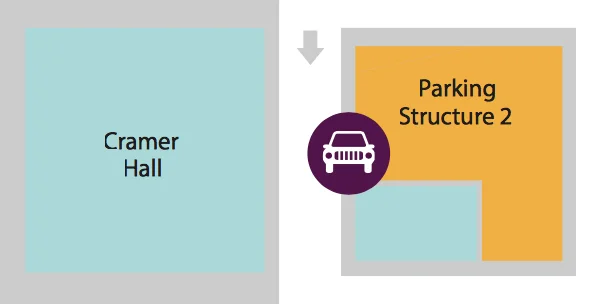Stories about fracing are common in the news and popular media. Fracing is not new - the original patent was issued just after the Civil War. But now there are thousands of frac jobs taking place each year in the US. Do we need to do this? Are we doing it in the best way possible?
Dr. Thompson has been working with frac monitoring and frac technology for the past 10 years and has experience from Texas to Canada and the East Coast. He will discuss the economics of fracing in shale gas reservoirs; the geological variabilities of shale gas reservoir geology that help or hinder good frac stages; the geomechanics of the rock volumes that drive the frac results; the expectations and the realities of what's going on 12,000' down in the crust as you put thousands of pounds of pressure and tens of thousands of gallons of fluid and proppant into formations.
He will also touch on some of the controversy: do we frac into aquifers as Gas Land shows? Does fracing create earthquakes? How dangerous is the technology and are we managing these issues appropriately?
Dr. Laird Thompson
Laird B. Thompson, PhD, Managing Partner at UF3, is recognized as an industry expert in fractured reservoir characterization. Laird has more than 40 years of experience in the oil & gas industry, starting with Mobil Oil in 1975 in Dallas. He spent the first 15 years working stratigraphic and sedimentological problems for exploration and production assets at Mobil. In the late 1980s he started working with borehole image technology for aiding downhole geological analysis and became interested in the fractures that show up in virtually every image log. In following this area of interest, Laird worked his way to becoming the head of Mobil Oil’s R&D program on Fractured Reservoir Characterization from 1995 to 2000 – a study group of about 15 participants with an annual budget approaching $1MM. Declining an opportunity to work for ExxonMobil, Laird set up a consulting firm with colleagues to work on fractured reservoirs and for the past 18 years has been a managing partner for UF3 (Utah Faults, Fractures and Fluids), consulting on reservoirs world-wide including offshore Vietnam, Argentina, the Middle East and North America. He taught an industry seminar on fractured reservoirs through Nautilus GTA, published a SPE Primer on fractured reservoirs with Wayne Narr and David Schechter, and published two versions of a CD publication on borehole imaging technology through AAPG.
Laird became interested in microseismics in 1999 when presented the initial theory and application by Dr. Peter Geiser and has been working with Peter & associates for the past 10 years to bring this technology to commerciality. Laird’s specialty is in integrating TFIs (Tomographic Fracture Images) with other geological and engineering aspects of fractured reservoirs for optimizing reservoir management of these complex reservoirs – in both conventional and unconventional systems.
Laird earned a B.S. degree from Stanford, a M.S. from the University of California at Davis and a PhD from the University of Texas at Dallas. He currently serves as an adjunct professor of geology at Utah State University.



